
OR
Palm oil export from Nepal to India declines by 50 percent
Published On: October 11, 2023 03:31 PM NPT By: Himal Lamsal
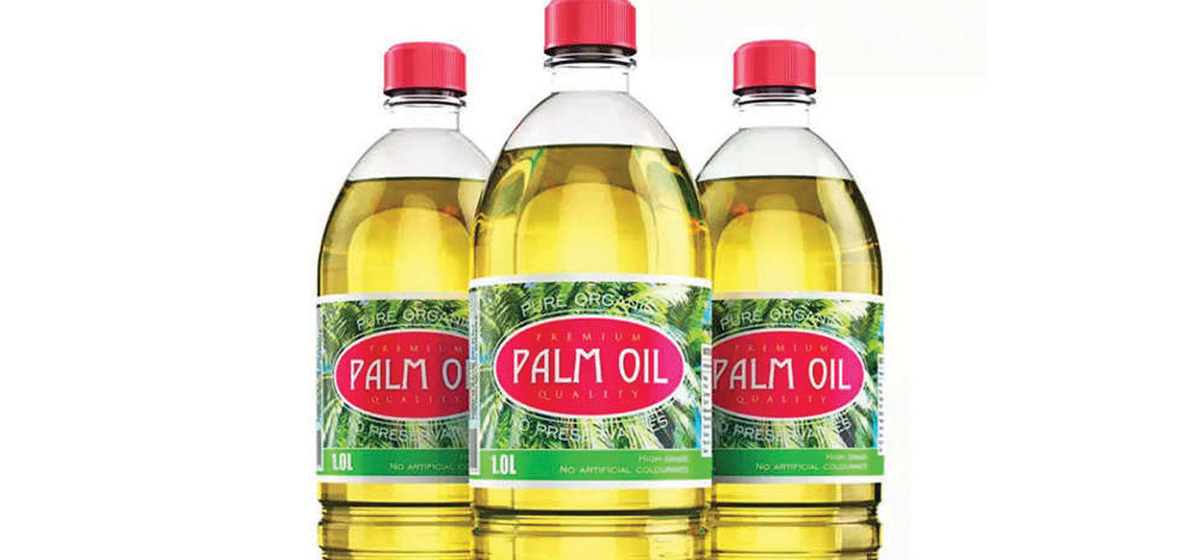
KATHMANDU, Oct 11: Nepal's palm oil exports to its neighboring country, India, have plummeted by 50 percent, marking a significant decrease in the fiscal year 2022/23 compared to the previous year. The Trade and Export Promotion Center reported that palm oil exports in 2022/23 were limited to Rs 20.51 billion, a sharp drop of 50.1 percent from the previous fiscal year's figure.
In 2021/22, Nepal had exported palm oil worth Rs 41.6 billion to India. Within just one year, the palm oil export volume saw a drastic decline. Sharad Bikram Rana, the executive director of the Trade and Export Promotion Center, attributed this decline to India's decision to broaden its palm oil imports, including sourcing from other countries. He stated, "The market share of palm oil exported from our country is shrinking as India has opened up its palm oil imports to other nations."
Nepal primarily imports palm oil from countries such as Indonesia and Malaysia, processing and subsequently exporting it to India. The decrease in palm oil exports, along with declines in soybean and sunflower oil exports, led to a notable drop in Nepal's overall export value by Rs 64.27 billion in the last year.
In 2022/23, processed edible oil remained a key export item, accounting for 19.73 percent of Nepal's total exports, amounting to Rs 29.43 billion during this period. The shares of different edible oils in Nepal's total exports were 13.1 percent for palm oil, 5.4 percent for soybean oil, and 0.3 percent for sunflower oil. However, there was a 20.1 percent increase in the export of other commodities.
Soybean oil exports suffered the most, declining by 82.4 percent to Rs 8.48 billion in the last fiscal year. Similarly, yarn exports dropped by 2.9 percent to Rs 12.20 billion during the same period.
The declining trend in palm oil exports continued into the current fiscal year, from mid-July to mid-September. In the first two months of 2023/24, the combined share of the three edible oils decreased by 3.1 percent to Rs 830 million.
Analyzing Nepal's exports by item and destination, major export items included palm oil, polyester and other yarns, woolen carpets, iron and iron products, soybean oil, cardamom, jute and jute goods, ready-made garments and accessories, juice, tea, dog and cat foods, pashmina shawls, cloth, noodles, rosin and resin acid, herbs, Nepali paper, ginger, and footwear.
Notable export highlights included a 20.3 percent increase in woolen carpet exports to Rs 11.51 billion, a 179.1 percent surge in iron and iron products exports reaching Rs 10.82 billion, and a 9.5 percent rise in ready-made garment and accessory exports to Rs 8.62 billion. Conversely, jute and jute product exports saw a 4.1 percent decline, totaling Rs 7.64 billion, while woolen felt product exports increased by 5.8 percent, reaching Rs 5.23 billion. Juice exports rose by 9.2 percent to Rs 6.63 billion, and plywood exports skyrocketed by 509 percent, reaching Rs 2.15 billion.
The export of cardamom, a leading agricultural product, increased by 71.9 percent to Rs 8.28 billion. Likewise, the export of tea, also a prominent agricultural product, rose by 14.6 percent, reaching Rs 3.94 billion.
The Trade and Export Promotion Center reported that during the first two months of the current fiscal year, Nepal's total foreign trade decreased by 5.3 percent compared to 2022/23, falling to Rs 286 billion. Imports dominated, accounting for 90.8 percent, while exports comprised 9.2 percent of the total. Nepal's exports during the same period declined by 7.8 percent to Rs 26.45 billion, and imports of foreign goods decreased by 5.1 percent to Rs 259 billion.
You May Like This

Export of Nepali goods via Rasuwagadhi transit point still remains suspended
KATHMANDU, Feb 1: The export of Nepali goods via Rasuwagadhi, an international trade gateway with China, has been suspended for... Read More...
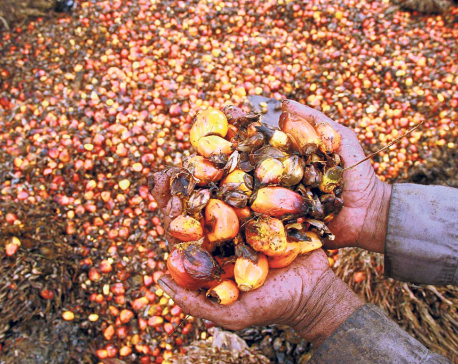
Indian import restriction threatens to worsen Nepal’s trade position
KATHMANDU, Jan 10: Nepal’s export is likely to take a hit with the Indian government’s decision to impose restriction on... Read More...
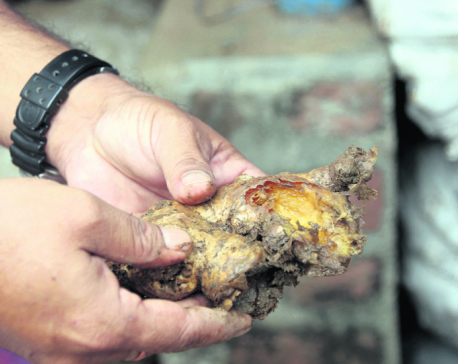
Ginger export from eastern Nepal affected yet again
DHARAN, July 14:Export of ginger to India from eastern parts of the country remained halted for nearly two weeks. ... Read More...

Just In
- Nepal Investment Summit (live)
- Ilam-2 and Bajhang 1(a) by-elections: Vote counting begins
- Nepal is a prime destination for international investment: FinMin Pun
- President Paudel issues ordinance related to facilitation of investment
- Hearing on Cricketer Lamichhane’s appeal today
- Clear Policies Set to Boost American Investment in Nepal: US Ambassador Thompson
- Second T-20 series: Nepal loses toss, set to go for fielding first
- Nepal Investment Summit 2024 and Victor Hugo Moments for Reforms






-1200x560-wm_20240427144118.jpg)




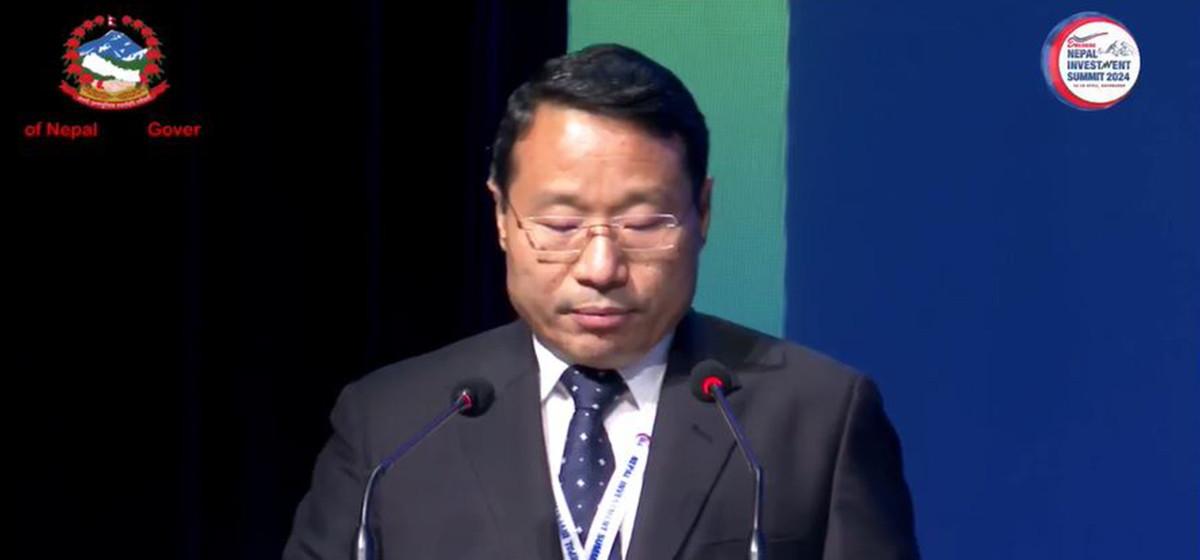
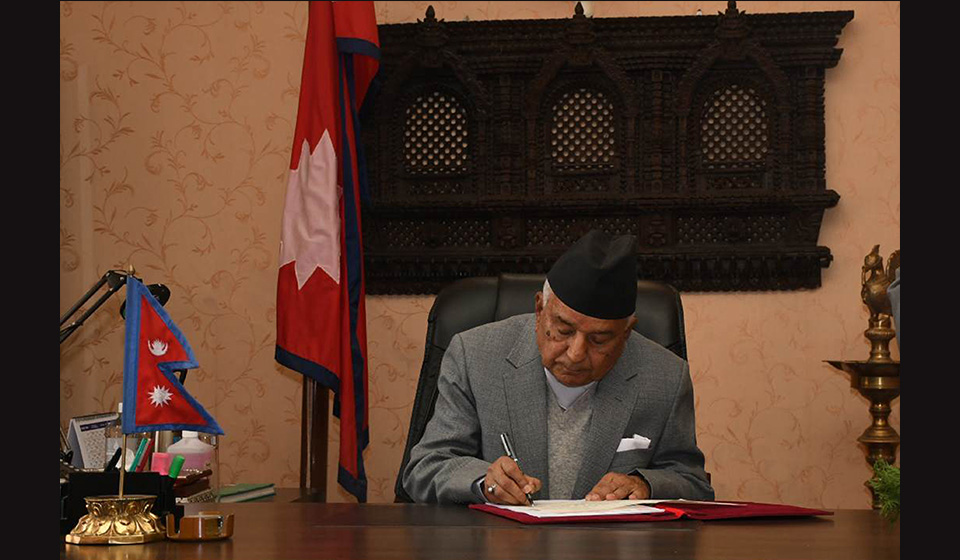




Leave A Comment